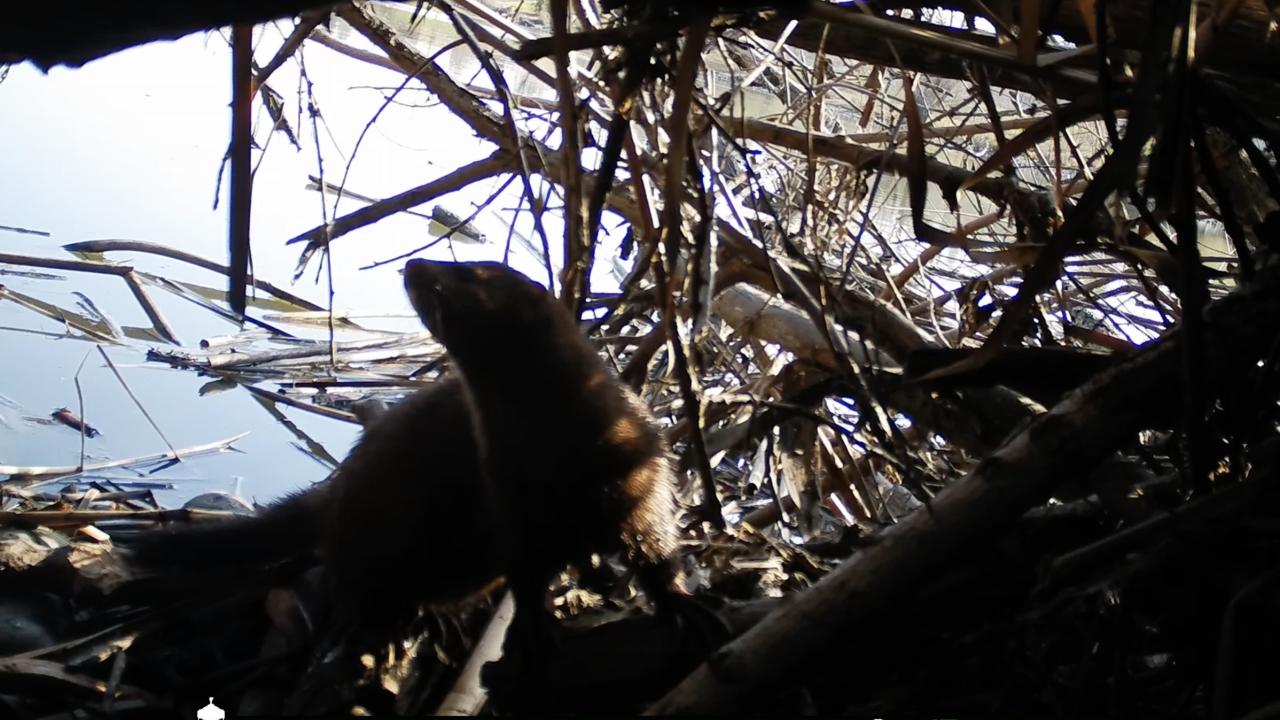
Beavers, Cameras, and Lessons from the Tanzanite Spill
Although the Tanzanite spill occurred a few years before I joined OWCN, it still gets referenced frequently around the office as a key example. I've learned a lot about this incident—and oil spills in general—thanks to these discussions. For anyone unfamiliar with the event, here's a quick recap:
On November 14, 2022, the Oiled Wildlife Care Network was activated in response to an estimated 6,000 gallons of red-dye diesel that spilled from a fuel storage tank linked to a backup generator system. The spill flowed through stormwater infrastructure into a pond at Tanzanite Park, near Sacramento, California. The response lasted several days, during which time four beavers, 24 Canada geese, and other wildlife were successfully rescued and released back into the area after it was cleaned.
For the past year, I’ve been familiarizing myself with our equipment inventory, and recently, I’ve been focusing on our different brands of camera traps (trail cameras). One brand we have, which I hadn’t used yet, is Spartan. These are cellular cameras that instantly send photos and videos to your phone as soon as they’re triggered. They’re a fantastic tool for monitoring wildlife, especially during capture operations. Each brand captures light differently, and it takes a few tries to fine-tune the settings for the best image and video quality. I mentioned to Wendy that I wanted to test the Spartan cameras before a spill response, and she suggested checking on the beavers at Tanzanite. It was the perfect opportunity to familiarize myself with the equipment.
Last week, I visited Tanzanite Park for the first time to set the cameras. I’d seen photos of the site, but it was interesting to experience it in person. I was able to see the terrain they were working with, and it got me thinking about some of the challenges they were dealing with. Wendy and I visited the beaver den, and she shared more details about the spill response and the role the trail cameras played in capturing the beavers. The initial report talked about 2 beavers but after placing the cameras they found out that there was a total of 6. Thanks to that they were able to figure out exactly how many lived in the pond and get the necessary equipment for capture.
While scouting spots for new camera placements, Wendy shared a funny story about an interaction they captured on camera between a river otter and a beaver. The otter ventured into the beaver den, and the beaver chased it right out!
This past Thursday, we had to remove the cameras due to the expected rain. While the cameras are water resistant and can withstand heavy rain, they’re not designed to be submerged, and some of the placements we chose were close to the waterline, where flooding could have been a risk. We’d placed the cameras inside the den to get the best possible results, but this meant they were very close to the water’s edge, right next to the entrance. Below, you can find a couple of the videos we captured before taking the cameras down. Although we didn’t get any footage of the beavers, we did catch a few visits from other local wildlife.
Once the rain clears up, I’ll return to place the cameras again. I’ll keep you updated on the beavers’ progress—be sure to check our social media for the latest updates!
